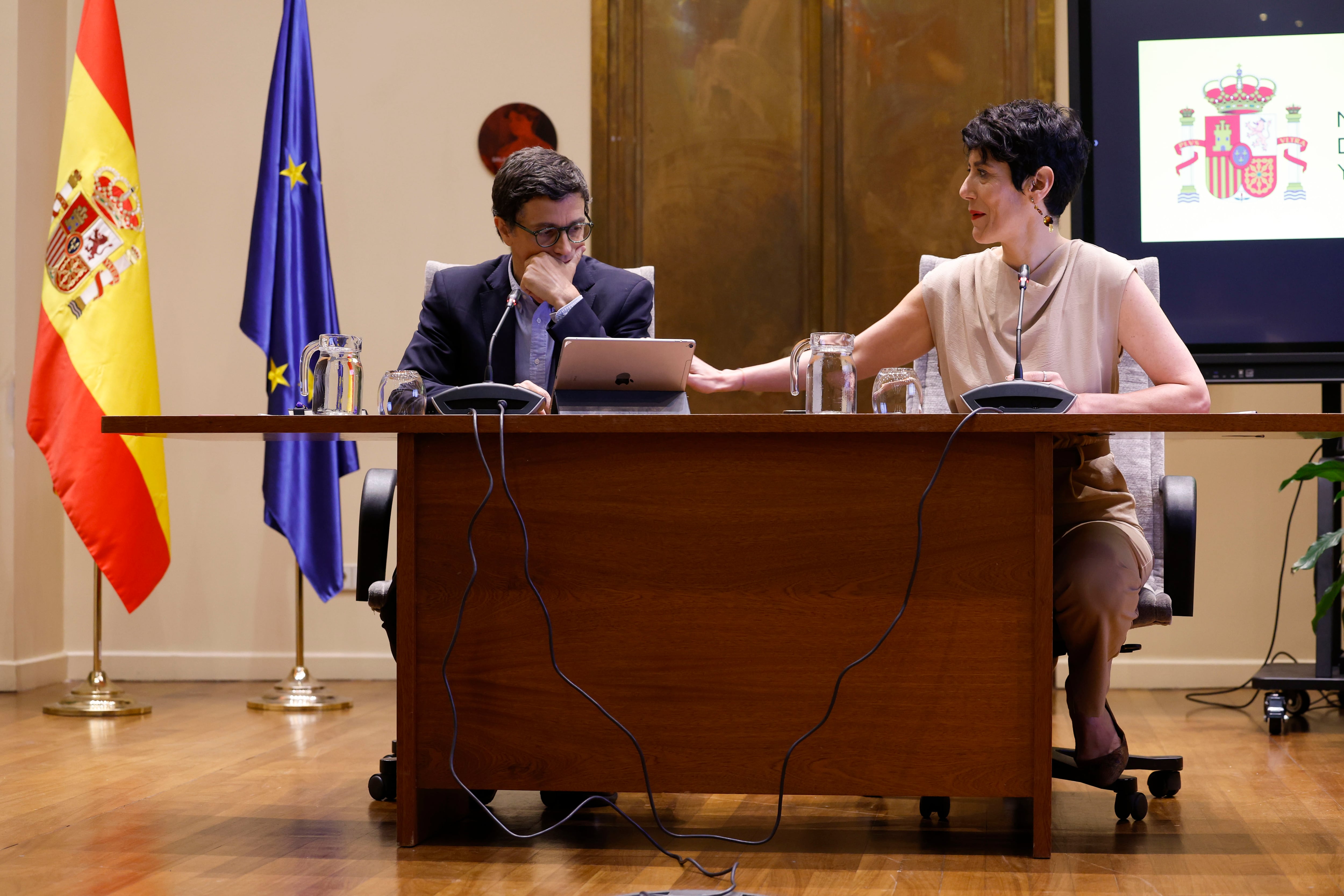
Since 2024 began, the Ministry of Inclusion, Social Security and Migration had already ready all the legal infrastructure for the publicly promoted employment pension funds to start (also known as the Escrivá macrofund (by the previous Minister of Social Security, José Luis Escrivá, who created them in the last legislature). However, as of today, almost a year later, there is still not a single euro in them. Faced with this situation, Social Security has decided to modify the design of the Special Control Commission of these funds to try to “invigorate” its activity and so that money begins to reach these new investment vehicles, according to ministerial sources.
Publicly promoted employment pension funds are a savings system promoted by the Administration that seeks to ensure that companies offer pension plans to their employees. Until now, only some large companies and officials from some public organizations had them, but since its approval almost a year ago, this retirement savings system has been sought to be more accessible to SME workers and the self-employed.
To this end, the Council of Ministers plans to approve this Tuesday a Royal Decree in which three fundamental aspects of the regulation of the Control Commission are retouched —which is made up of 13 professionals (five chosen by the Ministry of Inclusion, four at the proposal of the union organizations and another four representing the employers’ organizations)—with which the social partners were not comfortable. This circumstance was one of the reasons that could be behind the paralysis in which public promotion funds are mired and which Social Security has now decided to modify.
The first of these changes has to do with the remuneration of the professionals who make up the aforementioned control commission. Thus, the Royal Decree that is approved this Tuesday gives a new wording of the ministerial order published in the BOE of November 2, 2023, which already regulated the remuneration of the members of the Special Commission. The changes, as set out in the text of the Royal Decree that has already been submitted to a public hearing, are aimed at making it clearer that its members “will only have the right to remuneration linked to attendance at periodic meetings (… ) and other additional remunerations, from the moment in which the joint assets of said funds reach the amount of 1,000 million euros and as long as said amount is maintained, which will also be applicable with respect to its impact on the pension funds. In this way, it is clarified that the first employment pension plans that reach these funds will not have to pay for the remuneration of the members of the Control Commission.
The second modification eliminates certain incompatibilities that were established for the members of this body and that were especially rejected by the representatives of business organizations. Thus, the new standard eliminates the reference to the application of the regime of incompatibilities and conflicts of interest of senior officials of the General Administration of the State. In this way, independent directors of Boards of Directors or governing bodies of companies or private entities are allowed to be part of this commission; to teaching or research professionals, as well as to those members of professional corporations and business associations not linked to the financial sector, in addition to members of unions and business organizations.
Let the organization charge
Finally, the rule will make a clarification that allows the remuneration of the members of the commission not to be nominal, but to be received directly by the organization they represent, something that was not established in the current wording of this regulation. Specifically, the text indicates that “in the case of a member proposed by a more representative union or business organization, this may directly receive the remunerations referred to in the previous paragraph, instead of receiving them from the member himself.” ”.
With these changes, Social Security is convinced that the activity of this second leg of the reform of the second pillar of social protection included in the milestones required by Brussels within the Recovery and Resilience plan. Although, sources from this organization admit that “the natural thing” is that, although these publicly promoted employment pension funds are open to the self-employed, SMEs and the public sector, it is from this last area (the Administrations and public companies) from where the first investments arrive.
Regarding the first leg of this reform, the creation of another new investment vehicle in pensions, the so-called simplified plans, the Government is relatively satisfied with their operation, despite the fact that, at the moment, there is only one sector, the of construction, which has joined them with a large sectoral employment plan for around one million workers in these activities. In addition, there are around twenty plans in which associations of the self-employed and SMEs mainly participate, which have mobilized around 200 million euros. However, these amounts are still far from the 2.5 billion that Escrivá hoped his public promotion macro fund would reach in three years.

